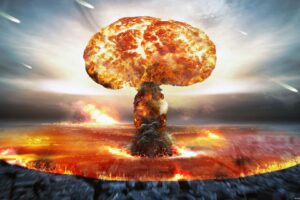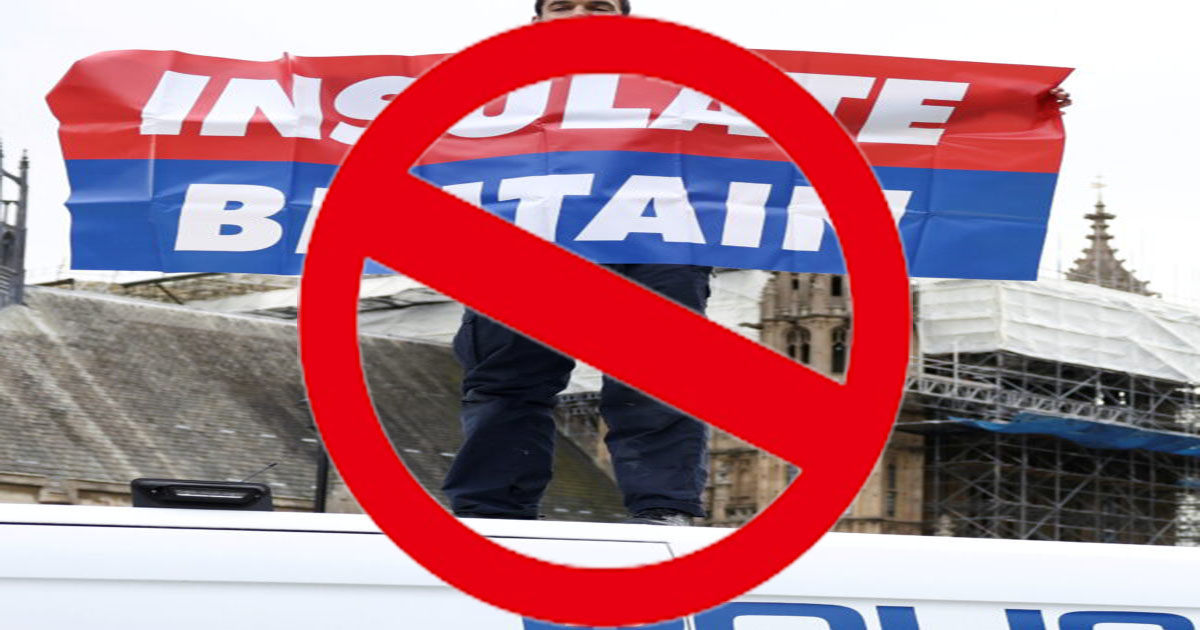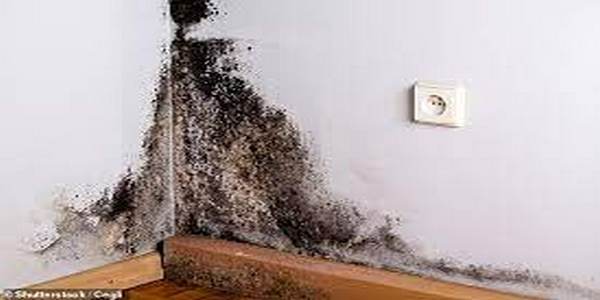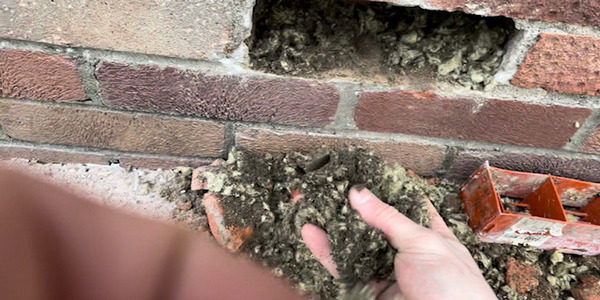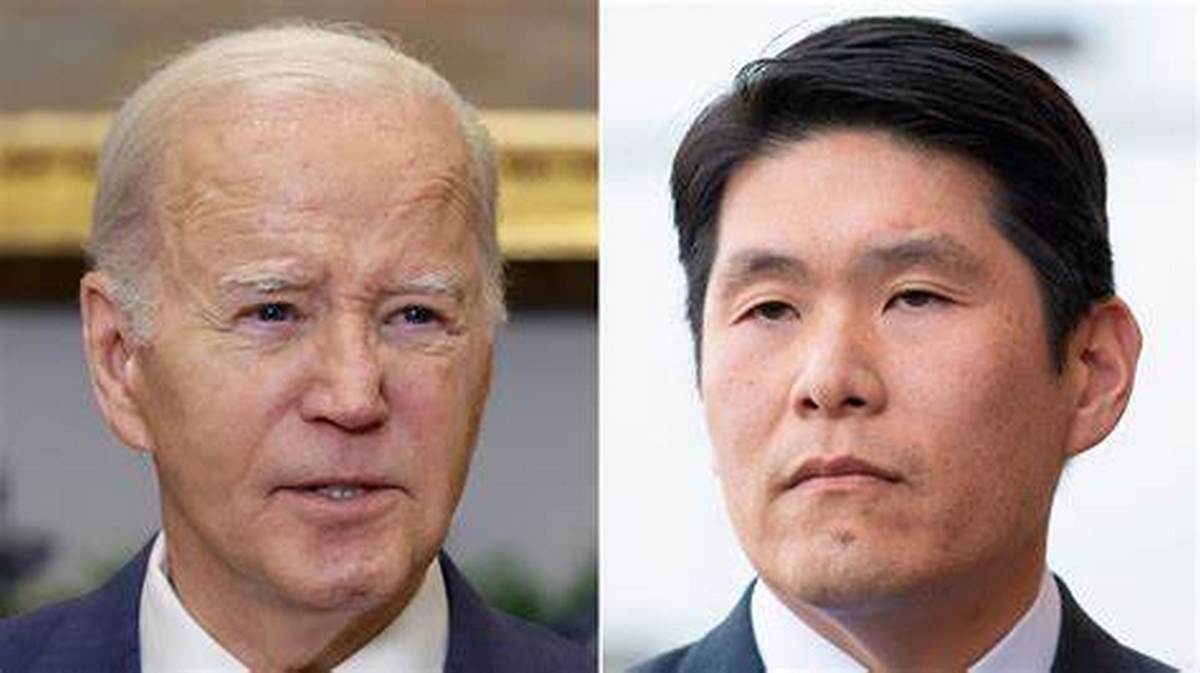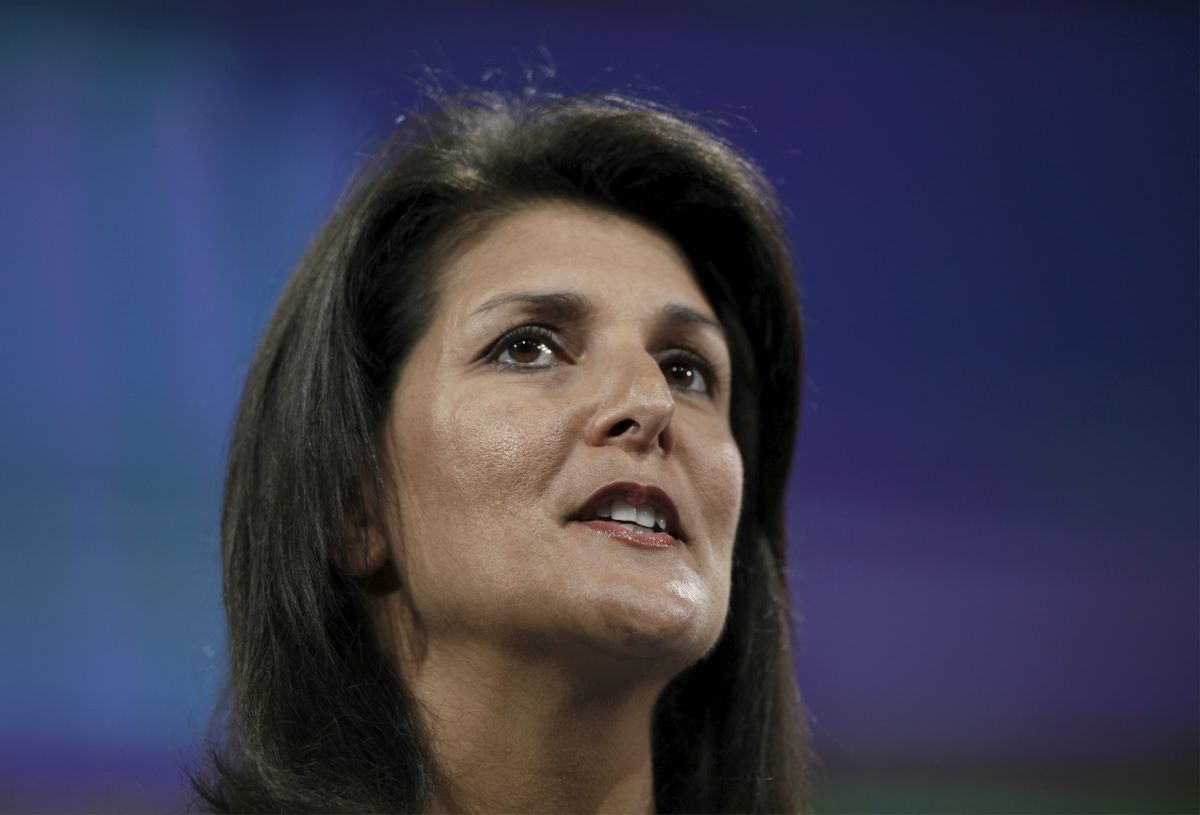Internal

Internal Cavity wall insulation is a popular method of reducing heat loss in buildings, but it can also lead to several problems if not installed or maintained properly. Some of the most common issues include dampness, mould, and structural damage.
One major problem with cavity wall insulation is that it can trap moisture inside the walls, leading to dampness and mould growth. This can be particularly problematic in older buildings that may have existing issues with moisture infiltration. Additionally, if the insulation is not properly installed, it can allow water to seep into the walls and cause damage to the structure.
Another issue with cavity wall insulation is that it can lead to condensation and mould growth within the walls. This can be caused by a lack of ventilation, or by the insulation itself trapping moisture inside the walls. In extreme cases, this can lead to structural damage and even collapse of the building.
Additionally, if the insulation is not installed properly or if it is not compatible with the type of building, it can lead to issues such as drafts and reduced energy efficiency. This can result in higher energy bills and a less comfortable living environment.
Another issue with cavity wall insulation is that it can be difficult to detect problems. Many homeowners may not realize that there is a problem until it is too late, and by that point the damage may be extensive. This can make it difficult to get the problem fixed and may result in costly repairs.
The cost of repairing the damage caused by cavity wall insulation can be significant, and in some cases may be higher than the cost of the original installation. This can be a major financial burden for homeowners and may make it difficult to afford the necessary repairs.
In conclusion, while cavity wall insulation can be an effective way to reduce heat loss and improve energy efficiency, it can also lead to several problems if not installed or maintained properly. Dampness, mould, structural damage, drafts, and reduced energy efficiency are some of the most common issues. It’s important for homeowners to be aware of the potential problems and to have their insulation regularly checked to ensure that it is functioning properly and to prevent the ugliest consequences.
Cavity Wall Insulation Problems ~ The Ugly Truth
External
External wall insulation is a popular method of improving the energy efficiency of a building, as it helps to keep heat in and reduce heat loss. However, there are several potential problems that can arise with external wall insulation that can negatively impact its effectiveness and longevity.
One of the main problems with external wall insulation is moisture. If the insulation is not properly installed or sealed, moisture can penetrate the wall and cause mould or mildew to grow. This not only reduces the effectiveness of the insulation, but it can also lead to rot and structural damage. To prevent moisture issues, it is important to ensure that the walls are properly prepared and that the insulation is properly sealed to prevent water from entering the building.
Another problem with external wall insulation is thermal bridging. This occurs when there are areas of the wall where the insulation is not in contact with the wall, allowing heat to pass through more easily. This can be caused by poor installation or by using an insulation that is not suitable for the specific type of wall. To prevent thermal bridging, it is important to ensure that the insulation is installed correctly and that the correct type of insulation is used for the specific type of wall.
Pest infestation is another potential problem with external wall insulation. Insulation can provide a warm, cosy environment for pests such as rodents, who may chew through the insulation to make nests. This can not only damage the insulation, but it can also lead to other problems such as electrical fires. To prevent pest infestation, it is important to ensure that the walls are properly sealed and that there are no entry points for pests.
Aesthetics is another concern when it comes to external wall insulation. External wall insulation can change the appearance of a building, which may not be desirable in certain cases. This can be particularly problematic for older or historic buildings where the appearance is an important aspect of the building’s value. To address this concern, it is important to choose an insulation that is visually appealing and that can be installed in a way that does not change the appearance of the building.
Cost is another potential problem with external wall insulation. External wall insulation can be expensive to install, especially if the walls need to be repaired or prepared before the insulation can be applied. Additionally, the cost of the insulation itself can vary depending on the type and quality of the insulation used. To keep costs under control, it is important to choose an insulation that is appropriate for the specific type of wall and to work with an experienced contractor who can provide an accurate estimate of the cost of the project.
In conclusion, External wall insulation is a great way to improve the energy efficiency of a building, but it is important to be aware of the potential problems that can arise. By properly preparing the walls, selecting the right insulation, and working with an experienced contractor, it is possible to avoid these problems and ensure that the insulation is effective and long-lasting. However, as it is a complex process, it is important to weigh the costs and benefits before deciding on external wall insulation for your building.
External Wall Insulation ~ The Ugly Truth?
Visits: 2





